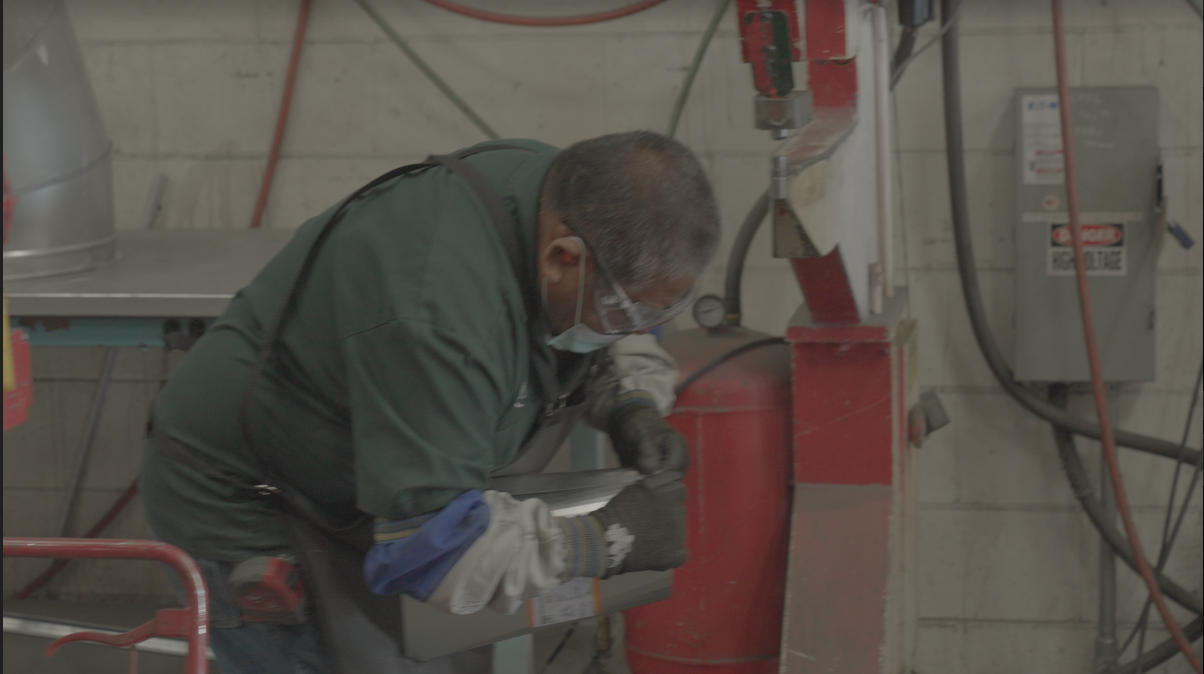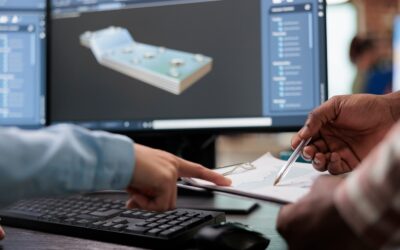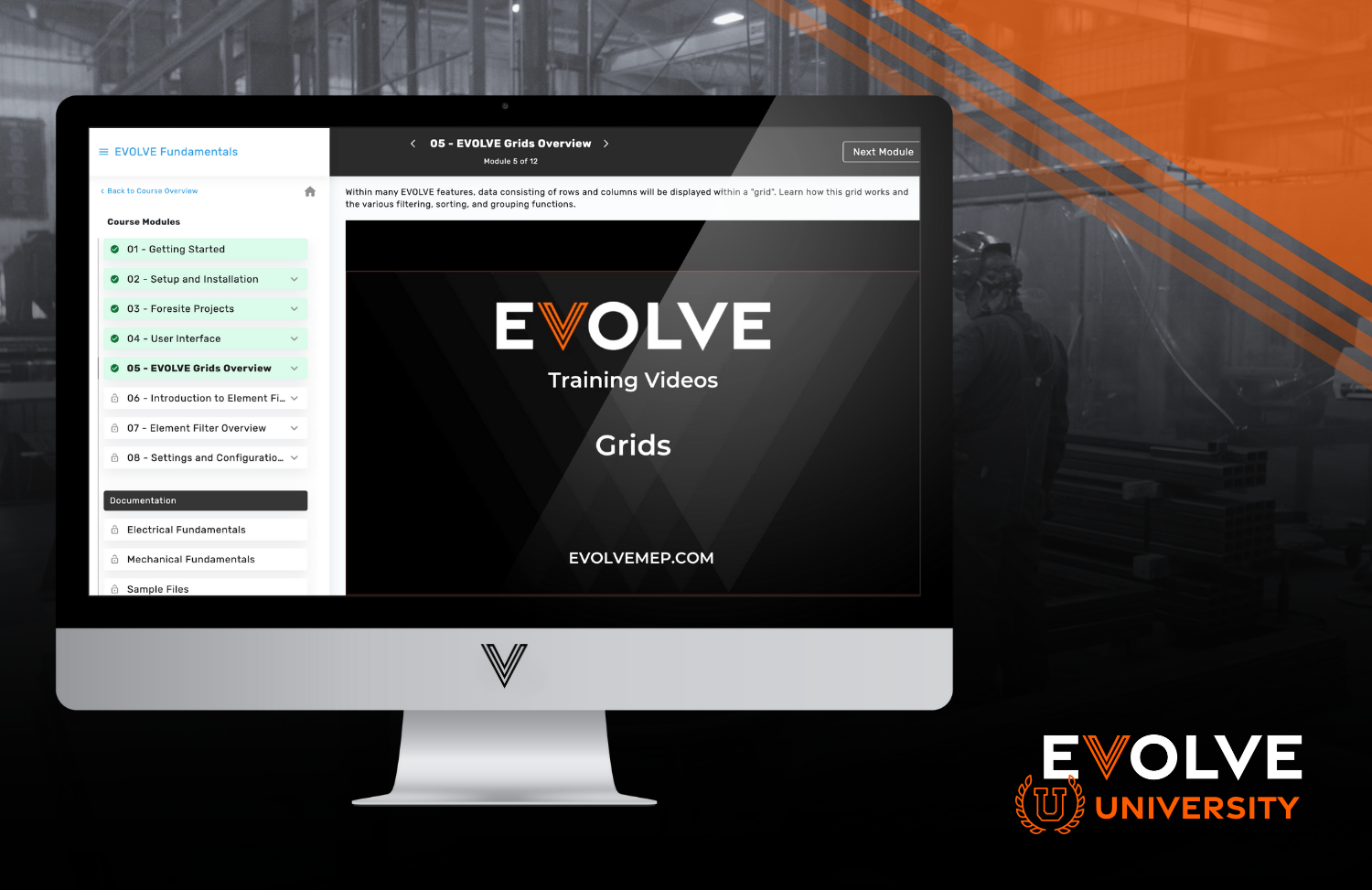The future of prefab construction is promising. With technology constantly improving, there are so many ways that prefab can be improved upon. Some of the potential future developments in prefab commercial building include:
Greater use of automation and robotics: Automation and robotics can increase the speed and precision of prefabrication, making it even more efficient and cost-effective than it currently is. This can lead to faster construction times and reduced labor costs, which can be particularly beneficial in commercial building projects.
Increased use of 3D printing: 3D printing technology can be used to fabricate prefab components such as walls, roofs, and floors, which can help to reduce material waste and increase the precision of prefabrication. This can lead to more efficient and sustainable construction processes, as well as higher-quality buildings.
More sustainable materials and methods: Prefab commercial building can already reduce waste and material consumption, but the industry could improve even further with the use of sustainable materials, such as those made from recycled materials, and the use of new techniques such as mass-timber to minimize the environmental footprint of the construction process.
Greater use of BIM (Building Information Modelling) technology: BIM is a digital tool that allows for the coordination and collaboration of all project participants to work together in the design and construction process. This can increase the efficiency of prefab commercial building and improve the precision of prefabrication.
Expansion of prefab for high-rise buildings: With advancements in technology and material science prefab construction will allow for more efficient and cost-effective building of high-rise structures. This can include the use of modular systems and volumetric construction which can greatly speed up the construction time and reduce costs while ensuring the building meets the necessary safety and quality requirements.
The future of prefab commercial building looks bright as advancements in technology and materials continue to push the boundaries of what can be done with prefab construction. The industry will continue to improve efficiency, precision, and sustainability while expanding the use of prefab for high-rise structures. This will result in a faster, more environmentally friendly and more cost-effective building process. Companies will be able to complete projects faster, allowing them to move on to other ventures and generating revenue earlier which can be a significant benefit for the commercial building industry.
EVOLVE helps MEP contractors to automate construction design workflows and facilitate material fabrication for increased revenue and improved productivity and efficiency. Get a demo to learn more.
Greater use of automation and robotics: Automation and robotics can increase the speed and precision of prefabrication, making it even more efficient and cost-effective than it currently is. This can lead to faster construction times and reduced labor costs, which can be particularly beneficial in commercial building projects.
Increased use of 3D printing: 3D printing technology can be used to fabricate prefab components such as walls, roofs, and floors, which can help to reduce material waste and increase the precision of prefabrication. This can lead to more efficient and sustainable construction processes, as well as higher-quality buildings.
More sustainable materials and methods: Prefab commercial building can already reduce waste and material consumption, but the industry could improve even further with the use of sustainable materials, such as those made from recycled materials, and the use of new techniques such as mass-timber to minimize the environmental footprint of the construction process.
Greater use of BIM (Building Information Modelling) technology: BIM is a digital tool that allows for the coordination and collaboration of all project participants to work together in the design and construction process. This can increase the efficiency of prefab commercial building and improve the precision of prefabrication.
Expansion of prefab for high-rise buildings: With advancements in technology and material science prefab construction will allow for more efficient and cost-effective building of high-rise structures. This can include the use of modular systems and volumetric construction which can greatly speed up the construction time and reduce costs while ensuring the building meets the necessary safety and quality requirements.
The future of prefab commercial building looks bright as advancements in technology and materials continue to push the boundaries of what can be done with prefab construction. The industry will continue to improve efficiency, precision, and sustainability while expanding the use of prefab for high-rise structures. This will result in a faster, more environmentally friendly and more cost-effective building process. Companies will be able to complete projects faster, allowing them to move on to other ventures and generating revenue earlier which can be a significant benefit for the commercial building industry.
EVOLVE helps MEP contractors to automate construction design workflows and facilitate material fabrication for increased revenue and improved productivity and efficiency. Get a demo to learn more.





